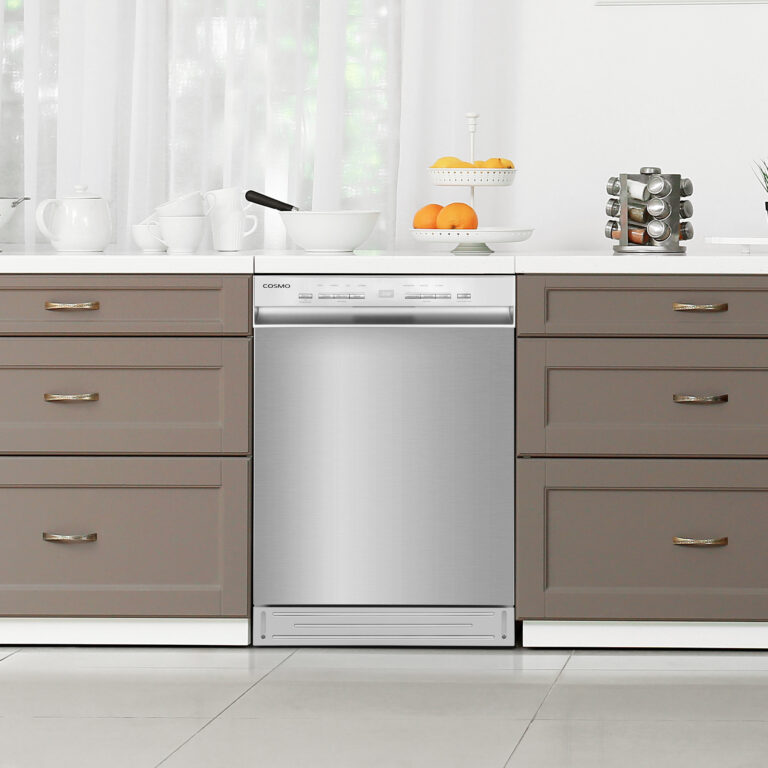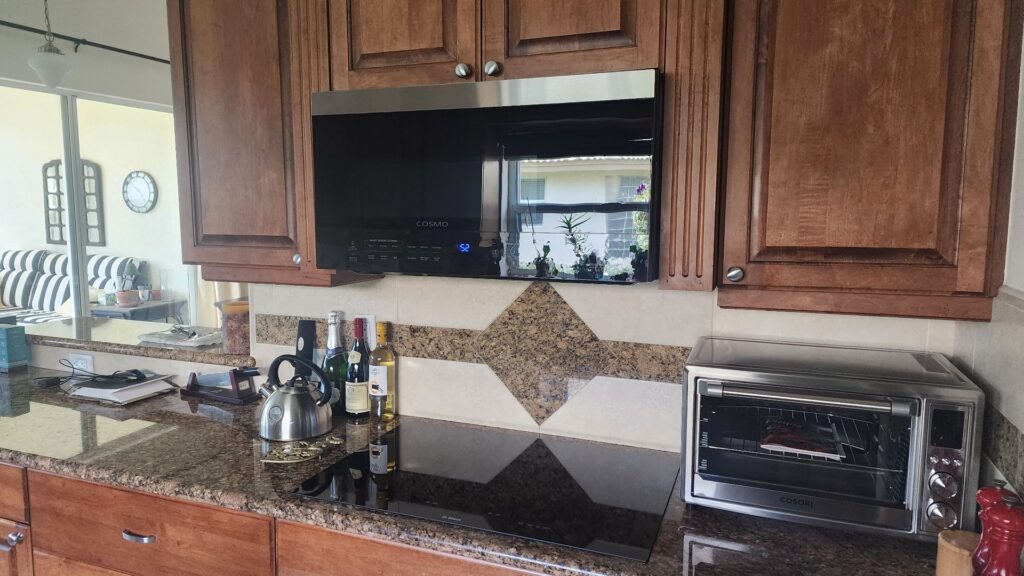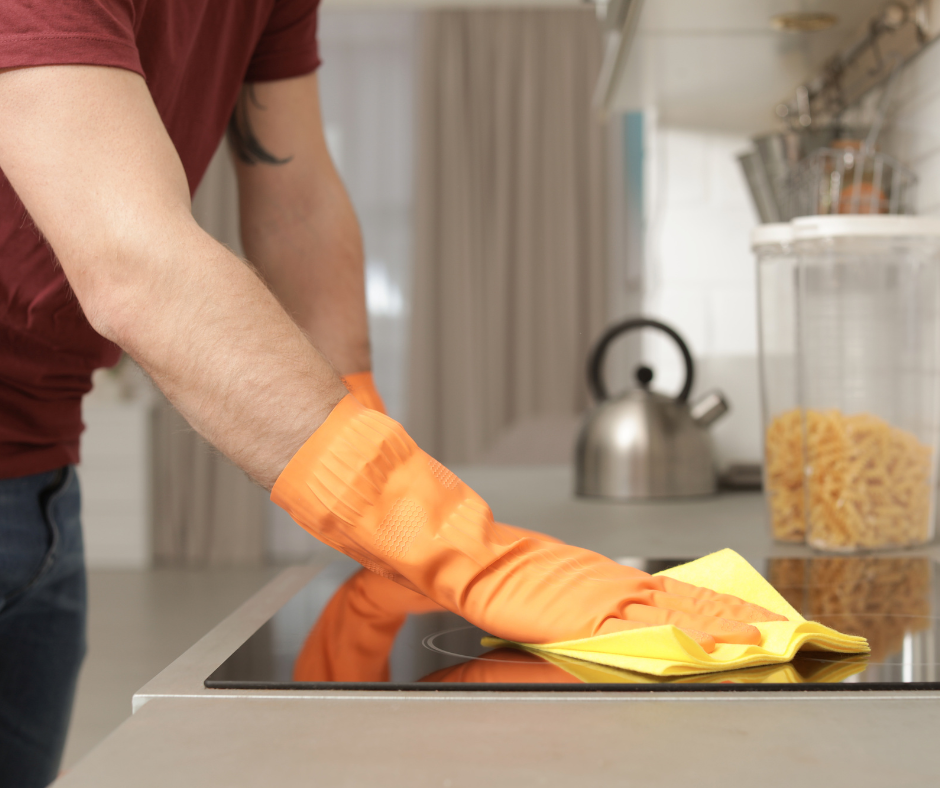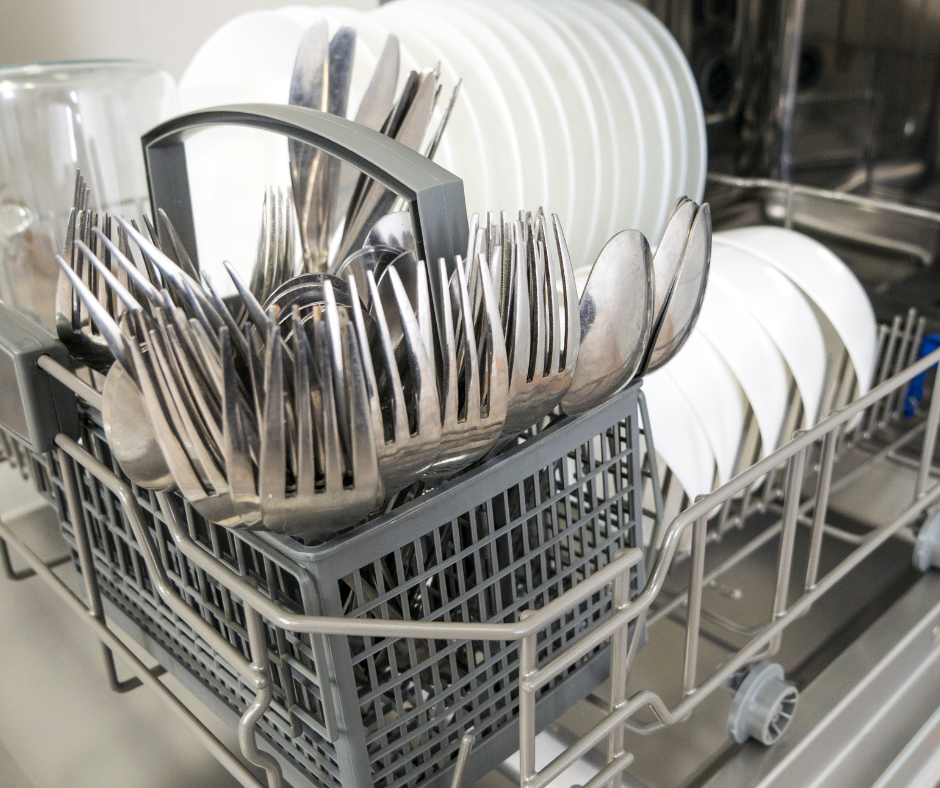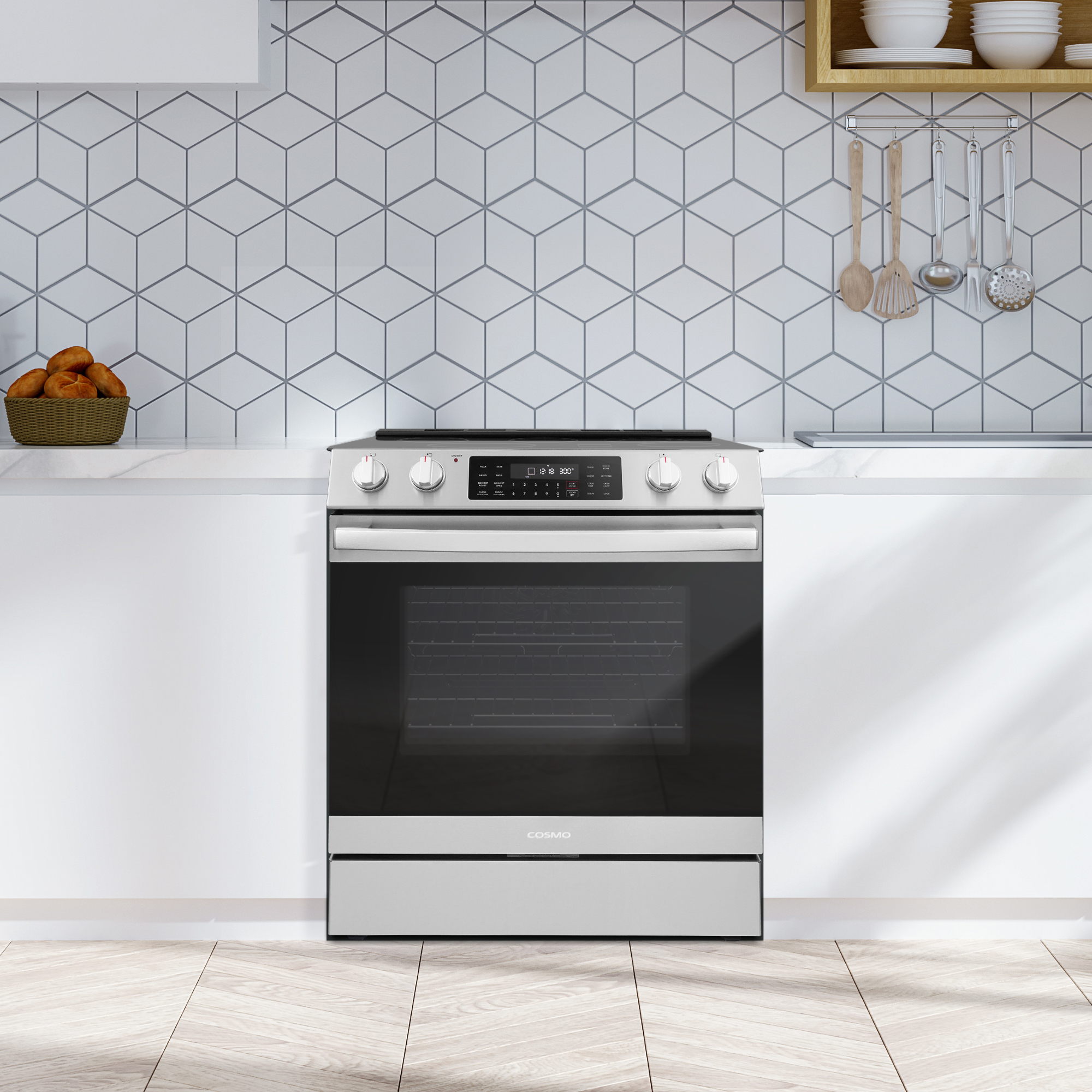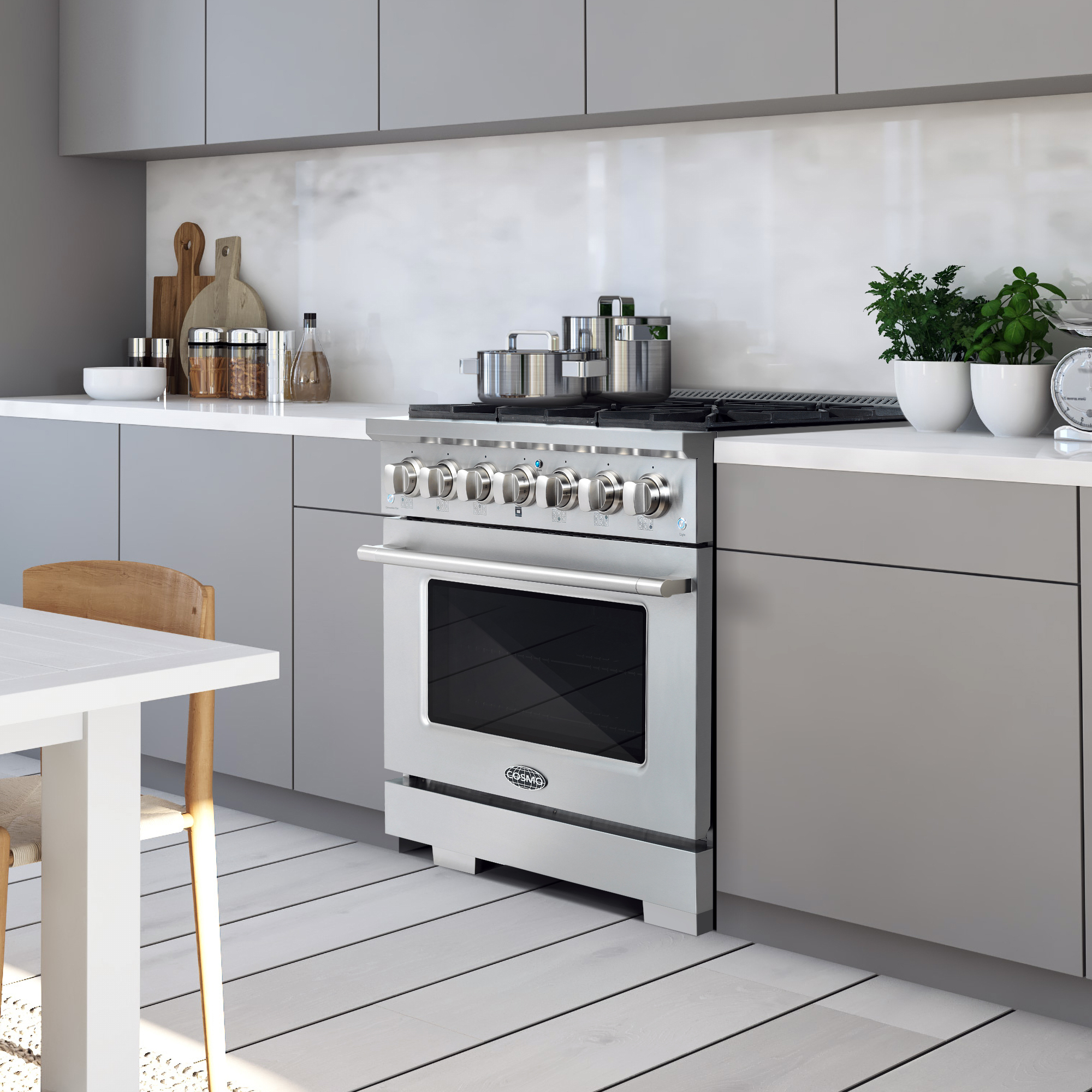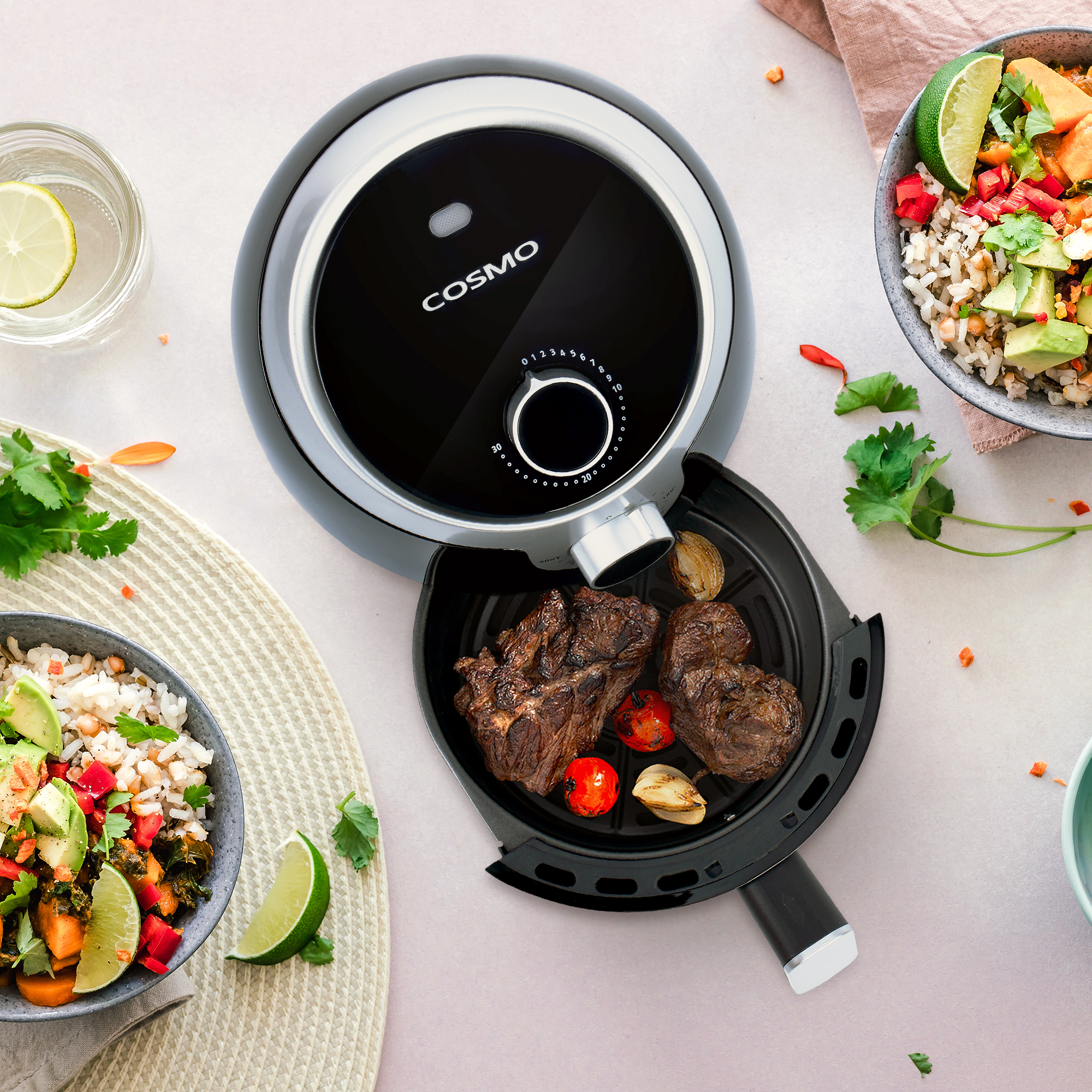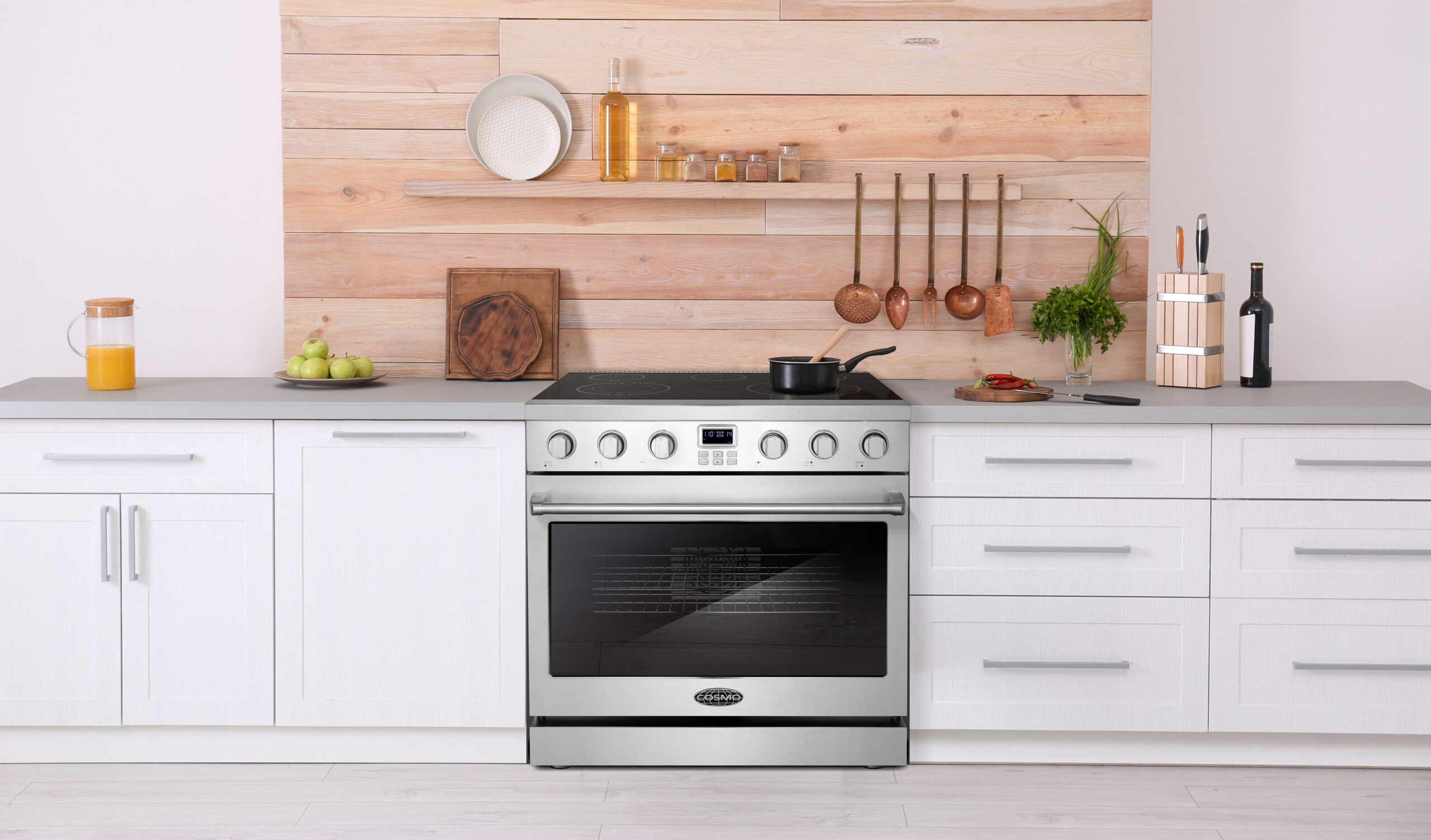The Benefits of Stainless Steel Dishwashers: Durability and Style
When it comes to outfitting your kitchen with appliances, durability and style are key factors to consider. Stainless steel dishwashers offer the perfect combination of both, making them a popular choice for modern kitchens. We’ll explore the benefits of stainless steel dishwashers and why they’re a smart investment for many homes. Durability Stainless steel dishwashers are built to last. The stainless steel construction is resistant to rust, corrosion, and staining, ensuring that your dishwasher will maintain its sleek appearance for years to come. Unlike other materials, stainless steel is also resistant to scratches and dents, making it ideal for busy households where the dishwasher sees frequent use. With proper care and maintenance, a stainless steel dishwasher can withstand the rigors of daily use and continue to perform at its best for many years. Easy to Clean In addition to being durable, stainless steel dishwashers are also easy to clean. The smooth, non-porous surface resists fingerprints, smudges, and grease, making it simple to wipe down and keep looking like new. Unlike dishwashers with textured or painted finishes, stainless steel dishwashers don’t require special cleaning products or techniques to maintain their appearance. A quick wipe with a damp cloth is all it takes to keep your stainless steel dishwasher looking pristine and shiny. Timeless Style Stainless steel has long been favored for its timeless style and versatility. Whether your kitchen has a modern, contemporary, or traditional aesthetic, a stainless steel dishwasher will seamlessly blend in with any decor. The clean, minimalist design complements a wide range of cabinet finishes and countertop materials, allowing you to create a cohesive and cohesive look in your kitchen. Plus, stainless steel appliances have a sleek, professional appearance that adds a touch of sophistication to any space. Resistant to Heat and Moisture Stainless steel dishwashers are highly resistant to heat and moisture, making them an ideal choice for the humid environment of the kitchen. Unlike dishwashers made from other materials, stainless steel won’t warp, crack, or degrade when exposed to high temperatures or steam. This means you can run your dishwasher on high-temperature cycles without worrying about damaging the exterior or compromising its performance. Stainless steel is also naturally resistant to bacteria and odors, helping to keep your dishes clean and fresh with every wash. Environmentally Friendly Stainless steel is a highly sustainable and environmentally friendly material choice. It is 100% recyclable and can be recycled indefinitely without losing its properties or quality. Choosing a stainless steel dishwasher is a responsible choice for eco-conscious consumers who want to reduce their environmental footprint and minimize waste. Additionally, stainless steel dishwashers are energy-efficient, helping to save water and energy with each wash cycle, further reducing their impact on the environment. Stainless steel dishwashers offer a winning combination of durability, style, and sustainability that make them a smart choice for many kitchens. With their sleek appearance, easy maintenance, and long-lasting performance, stainless steel dishwashers provide both practical benefits and aesthetic appeal. Whether you’re remodeling your kitchen or simply upgrading your appliances, a stainless steel dishwasher is sure to enhance the functionality and style of your space for years to come.

